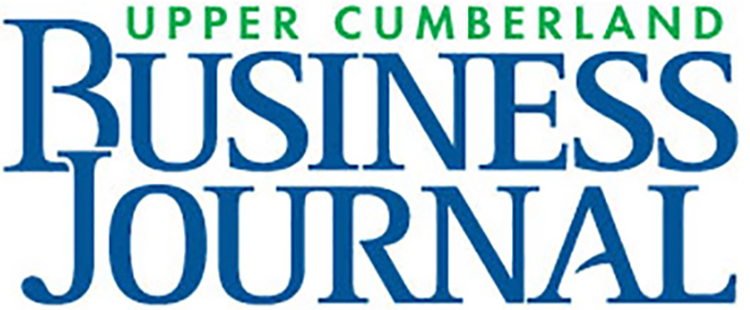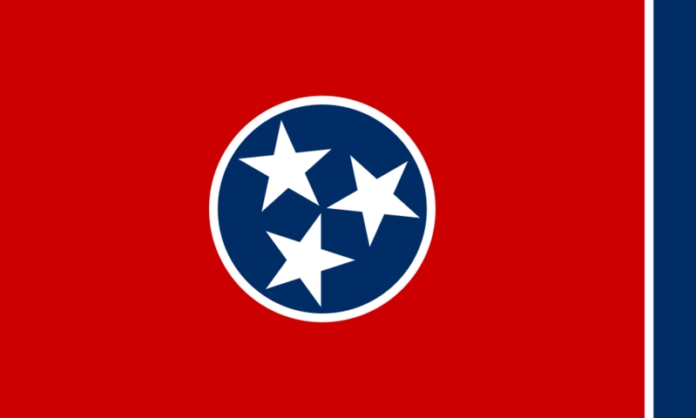NASHVILLE – Tennessee needs at least $45 billion of public infrastructure improvements during the five-year period of July 2016 to June 2021 – a $2 billion (4.7 percent) increase from the year before – according to a new report by the Tennessee Advisory Commission on Intergovernmental Relations (TACIR).
Improvements needed for Transportation and Utilities, Education, and Health, Safety, and Welfare infrastructure continue to account for most of the inventory, with Education and Health, Safety, and Welfare infrastructure needs responsible for most of the reported increase this year. More than two-thirds of the estimated cost of needed infrastructure improvements included in this year’s report is not funded, a slight increase from last year.
Looking ahead, it is possible that the annual inventory on which TACIR’s report is based could assist local communities in obtaining federal funding under eligibility guidelines included in preliminary discussions of President Trump’s infrastructure plan.
Costs for current infrastructure needs fall into six general categories:
• Transportation and Utilities: $24.8 billion
• Education: $10.4 billion
• Health, Safety, and Welfare: $6.9 billion
• Recreation and Culture: $1.8 billion
• General Government: $767 million
• Economic Development: $360 million
Transportation and Utilities has always been the single largest category and remains so despite a small increase of $230 million (0.9 percent) from last year to a current total of $24.8 billion. The net increase in the total estimated cost of transportation infrastructure needs is only $19 million (0.1 percent) in this year’s inventory. The estimated cost for needed infrastructure improvements for other utilities increased by $200 million (65.7 percent) and now totals $504 million. Most of this increase is attributable to the addition of a $153 million electrical transmission line replacement project by the Knoxville Utilities Board.
Education is the second largest category and increased $935 million (9.8 percent) to $10.4 billion. The cost of improvements needed for each of the five infrastructure types reported in the Education category increased this year. The $480 million (21.8 percent) increase in the need for improvements to existing schools and the $359 million (15.0 percent) increase in the need for new schools and additions are the main reasons the total estimated cost for education infrastructure increased. This year, local officials reported they need $2.7 billion for improvements to existing public schools. This includes $2.5 billion for renovations, $128 million for technology upgrades, and $93 million to address state and federal mandates.
The need for new schools and additions totals $2.8 billion, of which $2.2 billion is for new schools and $514 million is for additions. Of the $2.2 billion needed for new schools, $553 million is for 19 new school projects added to the inventory this year by eight school systems. Of these 19 new school projects, 10 are needed in Williamson County. Some of the need for additions and improvements to existing space are caused by the condition of the school. Although local school officials rated just over 8.1 percent of public schools (140) in Tennessee to be in fair or poor condition, 135 of those schools need improvements to existing space and account for almost a third of the total estimated cost for improving existing space.
Officials are confident in obtaining funding for only $10.9 billion of the $34.9 billion in infrastructure needs for which funding information is collected in the inventory. Most of the available funding, $10.5 billion, is for improvements that are fully funded; another $393 million is for improvements that are partially funded. That leaves another $24.1 billion of improvements for which funding is not yet available. Funding information for needed improvements at existing schools and for needs reported in state agencies’ capital budget requests is not collected in the inventory.
This report includes a single statewide overview chapter with information by type of infrastructure, the condition and needs of our public school facilities, the availability of funding to meet reported needs, and a comparison of county-area needs. Following that section, one-page summaries for each county-area list the estimated cost for all types of infrastructure by stage of development.
The summaries also highlight the top three types of infrastructure improvements needed in each county based on total estimated cost and provide comparisons of the infrastructure needed at public school systems to student enrollment. Further detailed county-area information about each type of infrastructure in the inventory, along with relevant legislation, inventory forms, and a glossary of terms, can be found in the appendixes to the report.
Preliminary discussions of President Trump’s infrastructure plan indicate that states would be eligible to receive rural infrastructure funds if they first publish comprehensive rural infrastructure investment plans. The information included in Tennessee’s Public Infrastructure Needs Inventory could provide a foundation for meeting this or similar requirements. The full report is available on TACIR’s web site.
Below is a list of the 14 counties of the Upper Cumberland region along with the dollar amounts needed to fund projects in those counties:
| Cannon | $93 million |
| Clay | $47.2 million |
| Cumberland | $471.3 million |
| DeKalb | $199.4 million |
| Fentress | $147.4 million |
| Jackson | $68.4 million |
| Macon | $139.9 million |
| Overton | $68.5 million |
| Pickett | $16.5 million |
| Putnam | $$482.7 million |
| Smith | $127.8 million |
| Van Buren | $81.8 million |
| Warren | $128 million |
| White | $134.4 million |









